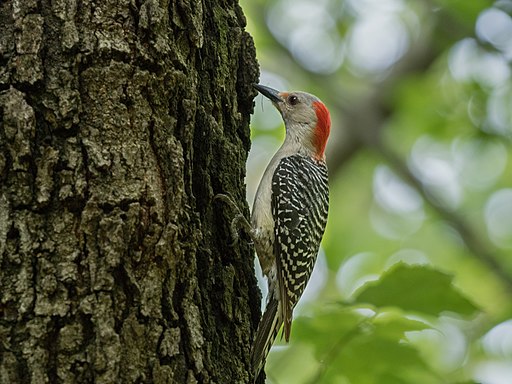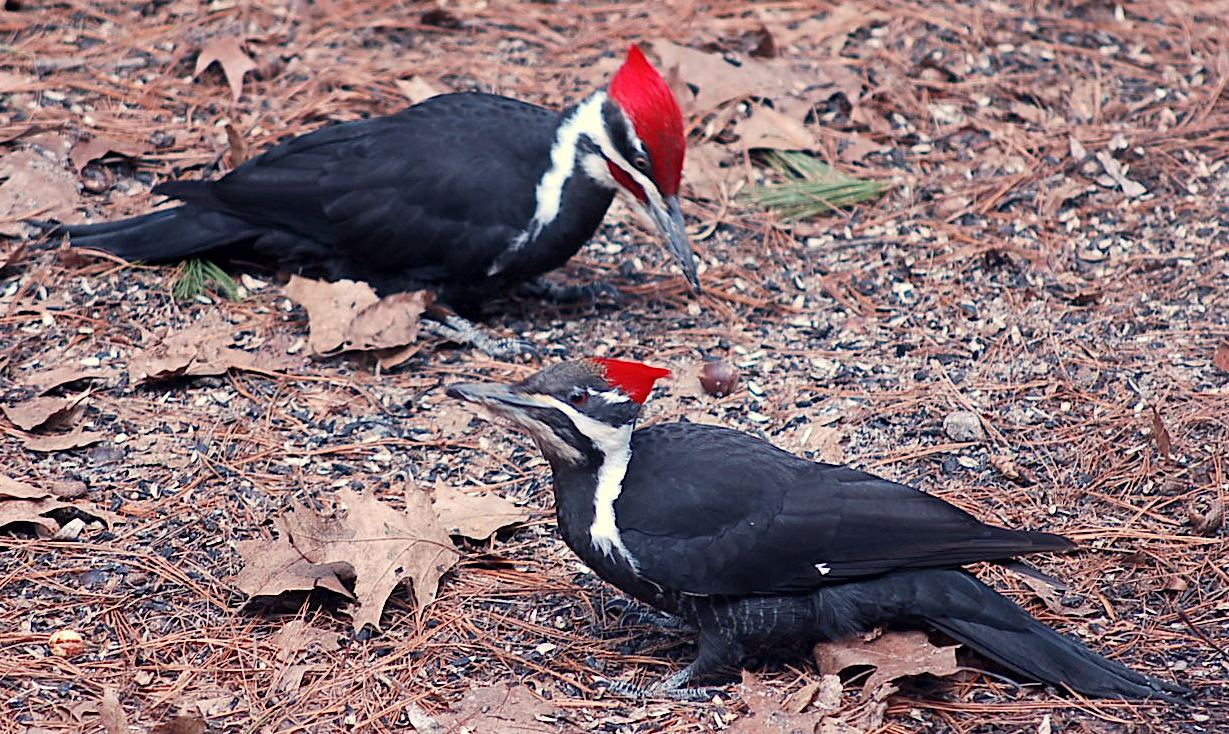Coming Across Woodpeckers in Florida: Variety Variety and Identification
Wiki Article
Introducing the Secrets of Woodpeckers: Actions, Habitat, and A Lot More
Woodpeckers, with their distinct actions and specialized adaptations, have lengthy interested scientists and nature enthusiasts alike. These exceptional birds possess a series of intriguing tricks that clarified their survival approaches, habitat preferences, and detailed interaction methods. By discovering the secrets bordering woodpeckers' actions and environment selections, a deeper understanding of these avian wonders emerges, using a glimpse into their remarkable globe. What makes these birds really outstanding, and how do they navigate their setting with such precision and skill? Let's check out the captivating world of woodpeckers and decipher the enigmatic details that make them such interesting subjects of research.Woodpecker Behavior Insights
In analyzing woodpecker actions, an interesting screen of specialized abilities and adaptations emerges, dropping light on their amazing environmental niche. Woodpeckers, recognized for their unique drumming on trees, have a variety of behavioral qualities that contribute to their survival and success in their setting.In addition, woodpeckers exhibit an unique feeding actions defined by their capacity to remove pests from tree bark using their specialized beaks. Their long, barbed tongues help in recording victim, while their solid neck muscles provide stability and accuracy throughout pecking motions. This feeding approach allows woodpeckers to accessibility hidden insect larvae and extract them with remarkable performance.
Environment Preferences and Option
What elements influence the environment preferences and option of woodpeckers? Woodpeckers are highly versatile birds recognized to live in different settings worldwide. Nonetheless, they do exhibit choices for specific habitat attributes. One important aspect influencing woodpecker environment choice is the availability of appropriate nesting websites. Woodpeckers commonly like forests with a mix of fully grown trees that supply enough possibilities for tooth cavity excavation. These cavities work as essential nesting and roosting websites for woodpeckers and are important for their reproducing success.Furthermore, woodpeckers reveal a choice for environments with an abundant supply of food sources. They are mostly insectivorous, preying on beetles, ants, larvae, and various other bugs located in rotting timber or tree bark. Woodpeckers have a tendency to favor wooded locations with a varied insect populace to meet their dietary demands.
Moreover, the visibility of dead or worn out trees is one more key variable in woodpecker habitat selection. These trees not just offer food resources however also use appropriate substrate for cavity excavation. Dead trees are important for the maintenance of healthy and balanced woodpecker populaces, as they play an important role in the woodpeckers' life cycle and community dynamics.
Feeding Practices and Diet Structure
Woodpeckers demonstrate a specialized feeding habits focused on foraging for pests within different habitats. Their diet mostly includes pests such as beetles, ants, caterpillars, and spiders, which they find by touching on tree bark and listening for the noise of motion inside. Woodpeckers use their solid beaks to pierce right into the wood and their long, barbed tongues to draw out prey from holes. Along with bugs, woodpeckers additionally eat tree sap, fruits, nuts, and seeds, including range to their diet plan relying on the period and go availability of food sources.The foraging methods of woodpeckers are well-adapted to their arboreal way of living (Woodpeckers in Florida). Their capability to dig deep into timber not only provides them with food but likewise helps in creating nesting tooth cavities and developing areas. Woodpeckers play a crucial function in keeping the health and wellness of woodlands by regulating insect populations and helping in the decomposition of timber. Recognizing their feeding practices and diet composition is essential for conservation efforts focused on protecting these distinct and valuable birds.
Drumming Appears and Communication
Using fast drumming audios on numerous surfaces, woodpeckers employ an unique kind of interaction to signal region limits and draw in mates. This drumming habits is not only a way of communication however likewise functions as a method for woodpeckers to develop their presence within a particular area. The strength, rate, and pattern of the drumming can convey vital info to various other woodpeckers around.Woodpeckers use drumming noises to announce their visibility in an area and to advise off prospective intruders. The loud and repeated nature of the drumming functions as a clear signal to other woodpeckers that the location is already asserted. This helps in here reducing disputes and decreasing physical conflicts in between individuals.

Survival Adaptations and Specialized Anatomy

Final Thought
To conclude, woodpeckers display distinct behaviors, such as drumming audios for interaction, and have specialized anatomy for survival in their picked habitats. Their feeding habits and diet make-up additionally demonstrate their flexibility to numerous atmospheres. By understanding these facets of woodpeckers, researchers and conservationists can much better safeguard and protect these fascinating birds and their communities.Report this wiki page